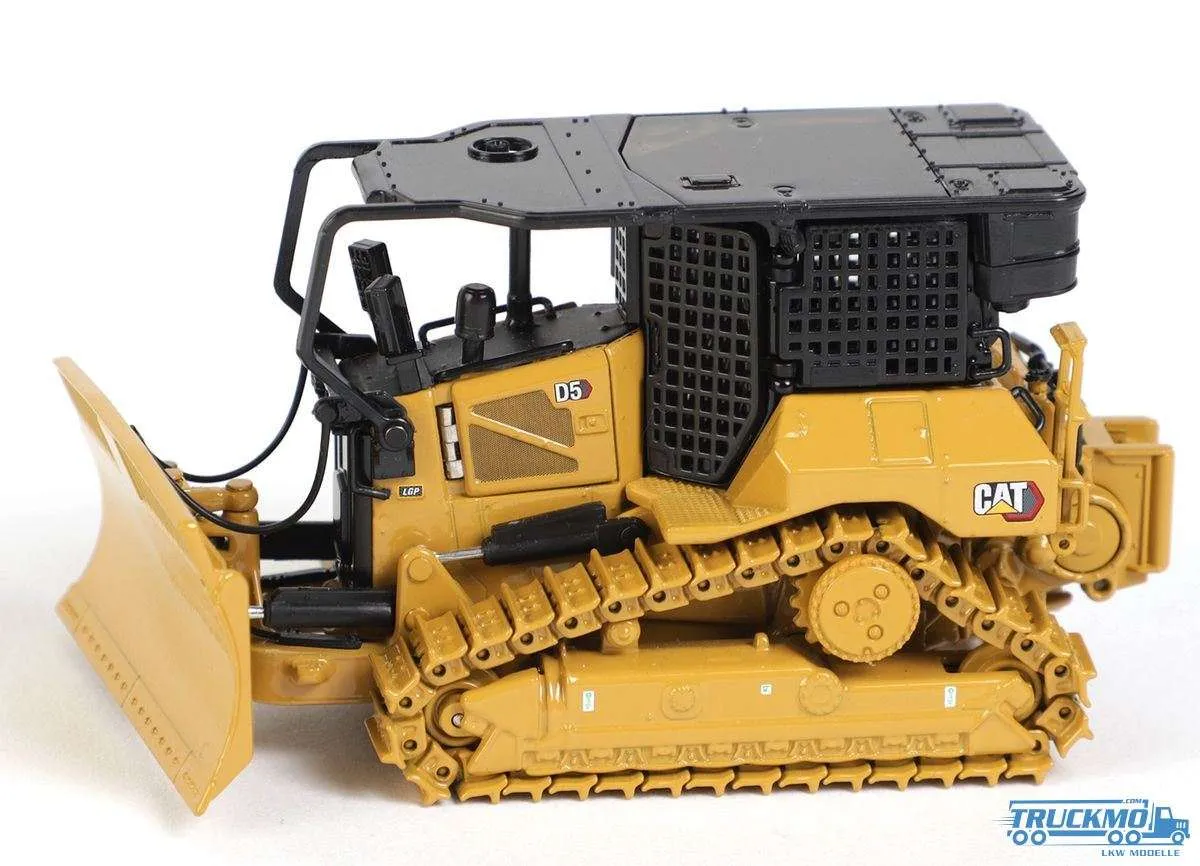What are Diecast Cars
Diecast cars are miniature scale models of automobiles, crafted using a die-casting process. This involves injecting molten metal, typically zinc alloys, into molds to create highly detailed replicas. These models capture the essence of real-world vehicles, from classic vintage cars to modern sports cars and trucks. The appeal of diecast cars lies in their intricate designs, realistic features, and the joy of collecting. Diecast cars come in a wide variety of scales, the most popular being 1:18, 1:24, and 1:43, allowing collectors to build diverse and visually stunning collections. The detail extends beyond the exterior, with many models featuring detailed interiors, opening doors, and functional parts, making them highly sought after by enthusiasts of all ages. The history of diecast cars is rich, evolving from simple toys to sophisticated collectibles that showcase both artistry and engineering.
The History of Diecast Cars
The history of diecast cars dates back to the early 20th century, with the earliest examples appearing in the form of simple toy cars. However, the real evolution began in the 1950s with the advent of more sophisticated manufacturing techniques. Manufacturers like Dinky Toys and Corgi Toys pioneered the use of die-casting, producing highly detailed models that captivated children and adults alike. The 1960s and 70s saw a surge in popularity, with various companies entering the market and producing a wide array of cars, trucks, and other vehicles. The quality and realism improved significantly, leading to a rise in the value of these models. This era also saw the introduction of features like opening doors, detailed interiors, and working suspension systems, adding to their appeal. The evolution has continued, with advancements in materials, detailing, and scale accuracy, making modern diecast cars highly prized collectibles and investments.
The materials used

Diecast cars are primarily made using a die-casting process, which involves injecting molten metal into molds. The most common metal used is a zinc alloy, often referred to as Zamak, due to its excellent casting properties and ability to capture fine details. Other metals, such as aluminum and tin-based alloys, are sometimes used depending on the manufacturer and the specific requirements of the model. Beyond the metal components, diecast cars also incorporate various other materials. Plastics are used for interior components, such as dashboards, seats, and steering wheels. Rubber is commonly used for tires, providing a realistic look and feel. The windows are usually made from clear plastic. Paints and coatings are applied to the metal bodies to achieve the desired colors and finishes. These materials are chosen for their durability, aesthetic appeal, and ability to create highly detailed and realistic models.
Why Collect Diecast Cars
Collecting diecast cars is a rewarding hobby for numerous reasons. Diecast cars offer a tangible connection to the world of automobiles, providing collectors with the opportunity to own miniature replicas of their favorite cars. The variety of models available is vast, encompassing classic cars, modern sports cars, trucks, and even concept vehicles. Each model has its own unique history and design, making collecting an educational and enjoyable experience. The models are relatively affordable compared to real cars, making it accessible to many people. The community around diecast car collecting is also vibrant, with collectors often sharing their passion through online forums, clubs, and shows. This fosters a sense of community and allows collectors to connect with like-minded individuals. Additionally, many collectors enjoy the investment potential of rare or limited-edition models. The emotional and intellectual satisfaction derived from collecting diecast cars is significant.
Investment Potential
Diecast cars can be a surprisingly good investment. Rare or limited-edition models, especially those in mint condition with original packaging, can appreciate significantly in value over time. Factors that contribute to the investment potential include the rarity of the model, the manufacturer, the scale and detail, and the overall condition. Certain brands, such as those known for their high-quality craftsmanship and historical significance, are particularly sought after by collectors. Limited production runs and special editions often command higher prices. The condition of the model is crucial; pristine examples with no damage or wear are highly valued. Researching the market and understanding the trends in collecting is essential for making informed investment decisions. Collectors can monitor prices and track the appreciation of their collections, which can be a rewarding aspect of the hobby. Investment in diecast cars is not only a fun hobby but also has financial potential for those who approach it with knowledge and care.
A Wide Variety
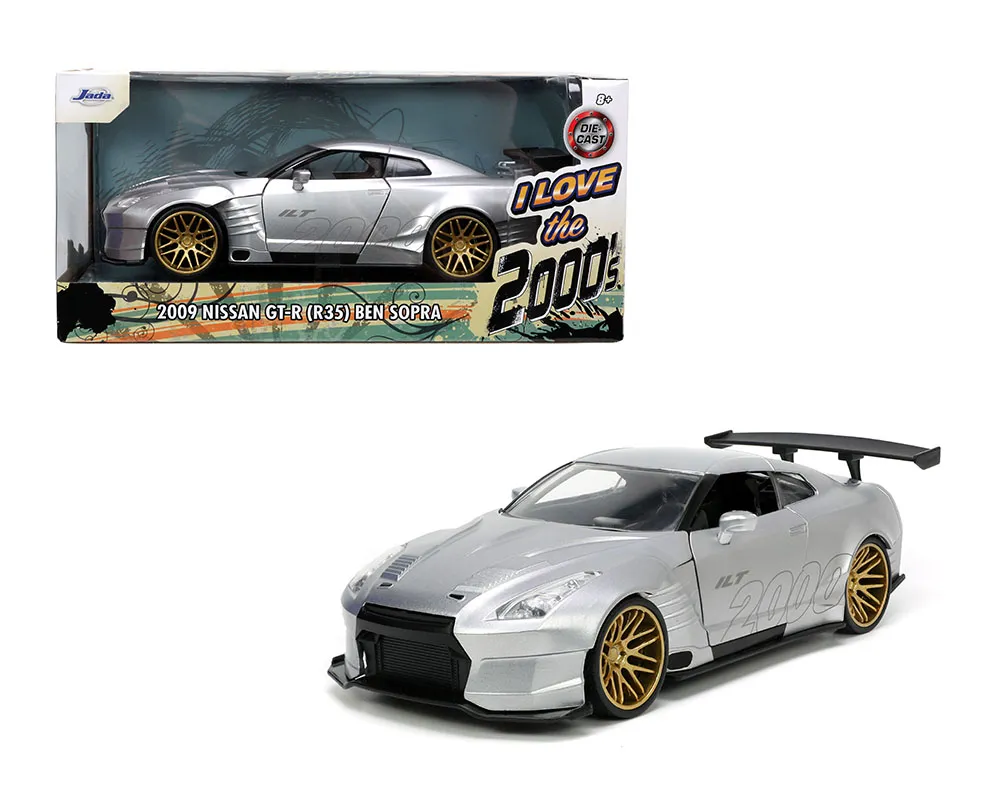
Diecast car collecting offers an incredible variety, with models spanning all eras and styles of automobiles. Collectors can specialize in particular makes, such as Ferrari, Porsche, or Ford, or focus on specific eras, such as classic cars from the 1950s or modern supercars. The range of scales available, from smaller models to large, detailed replicas, provides further diversification options. The level of detail varies from basic toy models to highly detailed replicas with functional parts, such as opening doors and working suspension systems. Some collectors focus on specific themes, such as racing cars, emergency vehicles, or military vehicles. The availability of limited editions and special releases adds to the diversity, offering collectors the chance to acquire unique models. The vast variety ensures that there’s always something new and exciting to discover. The ability to tailor a collection to personal interests is a significant part of the appeal of collecting diecast cars, catering to both the casual enthusiast and the dedicated collector.
Benefits of Collecting
Collecting diecast cars offers several benefits beyond the simple enjoyment of owning miniature models. Collecting provides an avenue for social interaction, whether through online forums, clubs, or attending car shows. It can also enhance knowledge about automobiles, history, design, and engineering. The process of researching, acquiring, and displaying models can improve organizational skills and attention to detail. Diecast car collecting also fosters a sense of accomplishment as a collection grows and evolves. The hobby provides a therapeutic outlet, offering a way to unwind and engage in a passionate pursuit. Collecting can also be a source of nostalgia, evoking memories of childhood and favorite cars. It helps to appreciate the craftsmanship involved in creating these miniature replicas, highlighting the artistry and engineering that goes into producing these models.
Nostalgia and Memories
One of the greatest benefits of collecting diecast cars is the strong connection it has with nostalgia and memories. Diecast cars often evoke childhood memories, reminding collectors of their first toy cars or favorite cars. The models can serve as a tangible link to the past, allowing collectors to relive moments and experiences associated with specific vehicles or eras. Owning a diecast model of a car that a parent or grandparent once owned can be incredibly sentimental, creating a powerful emotional connection. The act of collecting itself can be a nostalgic experience, with collectors often searching for models that remind them of particular times or events. This nostalgic element adds a layer of emotional depth to the hobby, making it more than just a collection of miniature cars. It’s a way to preserve and celebrate memories, connecting collectors to their pasts and the stories that shaped their lives. This emotional aspect contributes significantly to the enduring appeal of diecast car collecting.
Educational Value
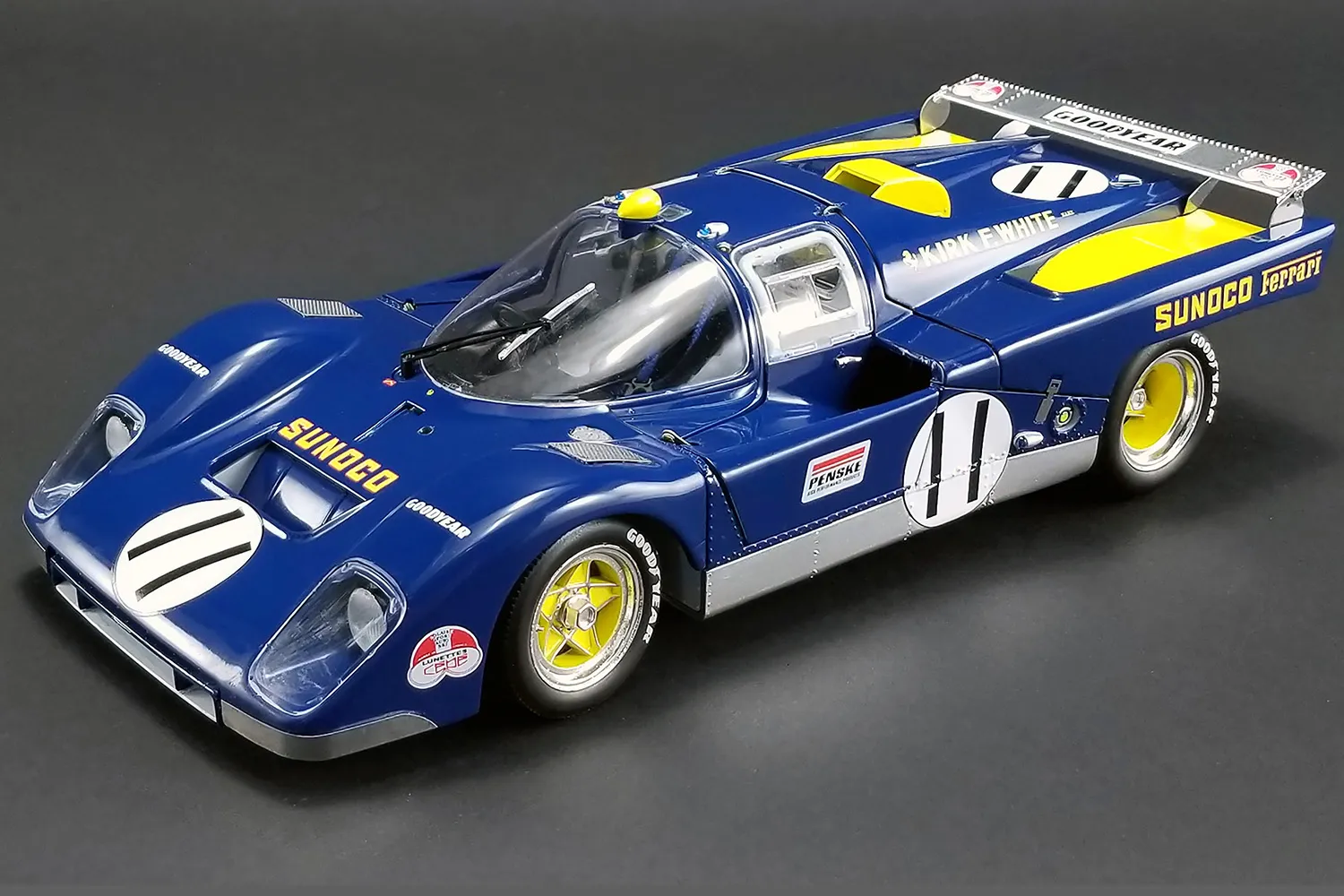
Collecting diecast cars provides a surprising amount of educational value. The hobby encourages research into automotive history, design, and engineering. Collectors often learn about different car models, manufacturers, and the historical context in which these vehicles were created. The detailed nature of diecast models provides insights into the construction and mechanics of real cars. Reading about the history of the car manufacturers, learning about the various models, and understanding the design features can significantly broaden one’s knowledge base. Collecting also requires attention to detail and organizational skills, as collectors catalog and display their models. This can improve critical thinking and problem-solving skills. Diecast car collecting, therefore, is not just a hobby; it’s an opportunity to learn and explore the fascinating world of automobiles, encompassing both historical and technical perspectives.
What to Consider When Buying
When buying diecast cars, several factors should be considered to ensure satisfaction and value. The scale of the model is important, as it dictates the size and level of detail. The most popular scales are 1:18, 1:24, and 1:43, with larger scales generally offering more detail. The level of detail, including the accuracy of the exterior and interior features, is another critical consideration. The quality of the paint finish, the functionality of the moving parts, and the overall build quality contribute to the model’s desirability. The brand and manufacturer are also important, as some brands are known for higher quality and collectibility. Researching the brand’s reputation and the specific model’s reviews can guide the purchase decision. The condition of the car, including any damage or wear, affects its value. Buying from reputable sellers or online marketplaces can help ensure authenticity and condition accuracy. Additionally, comparing prices from different sources and considering the availability of spare parts or accessories can help make an informed purchasing decision.
Scale and Size
Scale and size are fundamental factors when selecting diecast cars for a collection. The scale refers to the ratio between the model and the actual car, with popular scales including 1:18, 1:24, 1:43, and smaller scales. Each scale offers a different level of detail and a different size, affecting both the visual impact and the display space required. Larger scales, such as 1:18, typically offer the most detail, with intricate interiors, opening doors, and functional parts, making them attractive to collectors who appreciate realism. However, these models require more display space. Smaller scales, such as 1:43, are more compact and easier to display in larger quantities, which is beneficial for collectors with limited space or those who want to collect a wide variety of models. The choice of scale often depends on personal preferences, the type of collection, and the available display area. The scale of the models sets the stage for the overall aesthetic and the investment in collecting diecast cars.
Detail and Features
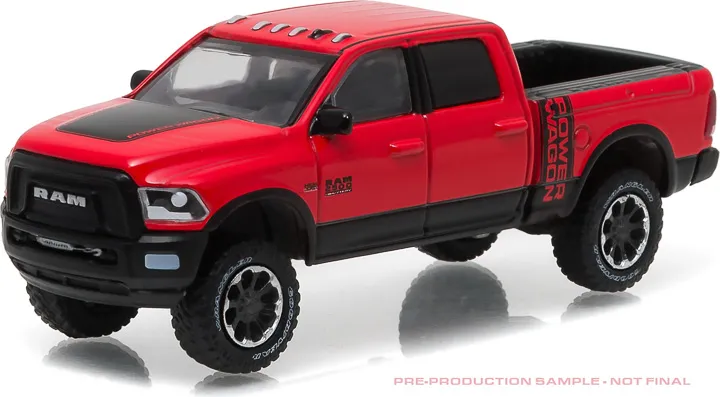
Detail and features are crucial elements that determine the appeal and value of diecast cars. The level of detail encompasses the accuracy of the model’s exterior and interior components. High-quality models feature detailed engines, dashboards, seats, and realistic paint finishes, mirroring their full-size counterparts. Functional features, such as opening doors, hoods, and trunks, add realism and playability. Other features include working suspension systems, steerable wheels, and intricate detailing of the wheels and tires. The more detailed and functional a model, the higher its perceived value and collectibility. Collectors often prioritize these details when selecting models, appreciating the craftsmanship and precision involved. The level of detail can vary significantly among brands and models, so researching and comparing these features is important when making a purchase decision. The depth of the details enhances the overall collecting experience, making the models more engaging and visually impressive.
How to Care for Diecast Cars
Caring for diecast cars is essential to preserve their condition and value. Proper storage is the first line of defense against damage. Models should be stored in a cool, dry place away from direct sunlight and extreme temperatures, which can fade the paint or damage plastic components. Dust is another enemy, so regular cleaning is necessary. Use a soft brush or a microfiber cloth to gently remove dust and debris from the models. Harsh chemicals or abrasive cleaners should be avoided, as they can damage the paint and the details. When handling diecast cars, hold them by the chassis or the base to avoid fingerprints on the paintwork. It’s also advisable to use protective gloves, especially when handling valuable or delicate models. Regular inspection for any signs of damage, such as paint chips or loose parts, is important. By following these care tips, collectors can extend the lifespan of their models and keep their collection looking its best for years.
Storage Solutions
Proper storage solutions are crucial for protecting diecast cars from damage and preserving their condition. The ideal storage environment is cool, dry, and away from direct sunlight. This helps prevent fading, warping, and other forms of deterioration. Display cases are a popular choice for showcasing collections while providing protection from dust and accidental damage. Clear acrylic cases offer excellent visibility while keeping the models safe. Individual cases or boxes, specifically designed for diecast cars, offer optimal protection for each model. If display space is limited, consider storing models in their original boxes or archival-quality storage boxes. These boxes offer protection from dust, light, and temperature fluctuations. When stacking boxes, be mindful of the weight distribution to avoid damaging the models. Regular inspection of the storage area and the models themselves helps identify any potential issues, like pest infestations or excessive humidity. Effective storage solutions not only protect the models but also enhance their display and enjoyment.
Cleaning Techniques
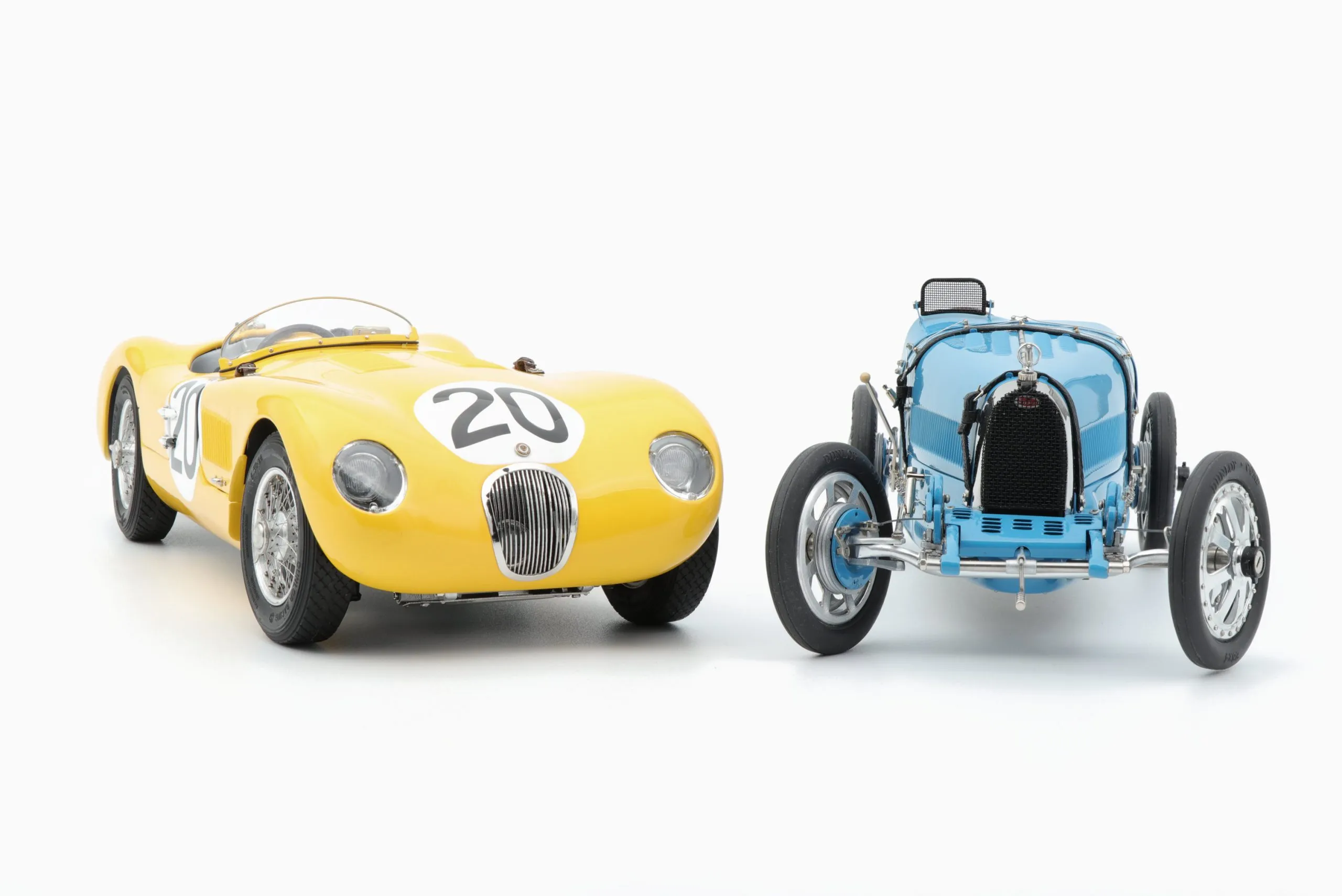
Effective cleaning techniques are essential for maintaining the appearance and condition of diecast cars. Dust and debris can accumulate over time, diminishing the model’s aesthetic appeal. Regular cleaning with a soft brush or a microfiber cloth is recommended to remove dust gently. For more stubborn dirt, slightly dampen the cloth with water or a mild cleaning solution, ensuring the cloth is not overly wet. Avoid using harsh chemicals, abrasive cleaners, or solvents, as these can damage the paint and details. If the model has intricate details, use cotton swabs or small brushes to reach hard-to-access areas. Always test any cleaning solution on a small, inconspicuous area before applying it to the entire model. When cleaning windows, use a specialized window cleaner or a diluted solution of water and isopropyl alcohol to avoid streaks. Proper cleaning not only enhances the visual appeal but also helps to preserve the value of the model, contributing to the long-term enjoyment of the diecast car collection.
